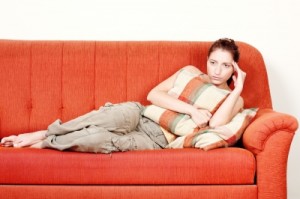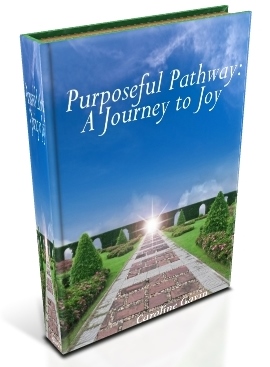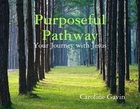SAD?
Guest Post by Heart and Soul Health Coach Mike Fenton
Image courtesy of marin / FreeDigitalPhotos.net
SAD?
During this time of year it is easy to become affected by what is known as “Seasonal Affective Disorder”. Typically a person will be affected by this during the same time each year, so if you get depressed during the winter months but feel much better during the spring and summer, you may have SAD.
It is most common among:
- People who live in areas where winter days are very short or there are big changes in the amount of daylight in different seasons.
- Women.
- People between the ages of 15 and 55. The risk of getting SAD for the first time goes down as you age.
- People who have a close relative with SAD.
Usually the culprit behind SAD is the lack of sunlight. It upsets the sleep/wake cycle as well as other circadian rhythms, which in turn causes problems with the brain chemical serotonin.
Most people that are affected by SAD will notice their energy levels are down, and they have less tolerance for normal daily activities. This is probably directly related to the interruption of the sleep/wake cycle I talked about earlier. Most folks are in a much better frame of mind when they have a good night’s sleep. Another sign of SAD is you will eat more and crave carbohydrates, such as bread and pasta.
It is difficult to tell the difference between non-seasonal depression and SAD simply because the symptoms are very much alike. If you are going to see a doctor to find out if you have SAD he will want to know if:
- You have been depressed during the same season and have gotten better when the seasons changed for at least 2 years in a row.
- You have symptoms that often occur with SAD, such as being very hungry (especially craving carbohydrates), gaining weight, and sleeping more than usual.
- A close relative-a parent, brother, or sister-has had SAD.
If you are diagnosed with SAD your doctor most likely will prescribe light therapy. There are two types of light therapy:
- Bright light treatment. For this treatment, you sit in front of a “light box” for half an hour or longer, usually in the morning.
- Dawn simulation. For this treatment, a dim light goes on in the morning while you sleep, and it gets brighter over time, like a sunrise.
Light therapy works well for most people with SAD, and it is easy to use. You may start to feel better within a week or so after you start light therapy. But you need to stick with it and use it every day until the season changes. If you don’t, your depression could come back.
If you or someone you know is affected by SAD you can lessen its affects by keeping in good mental and physical shape, and by watching your diet. Make sure to fit that trip to the gym in your daily schedule, and if you are getting cravings for carbohydrates resist them, and choose something healthier to curb that carbohydrate crave such as apple slices sprinkled with cinnamon.
“I am still determined to be cheerful and happy, in whatever situation I may be; for I have also learned from experience that the greater part of our happiness or misery depends upon our dispositions, and not upon our circumstances”.
Martha Washington (1732 – 1802)








Recent Comments